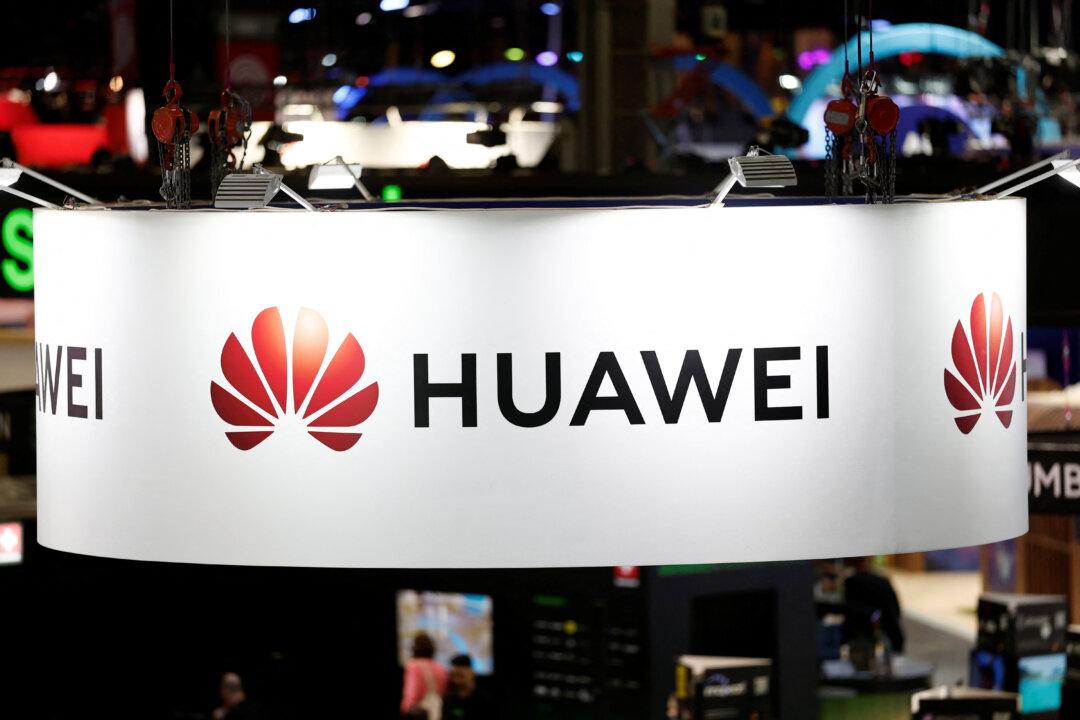DETROIT—Detroit automakers Ford Motor Co. and General Motors Co. both took advantage of insatiable demand from U.S. consumers for trucks and SUVs to offset the pain caused by supply chain bottlenecks.
But both automakers warned investors that the cost pressures created by disruptions in the global semiconductor supply chain and price spikes for other commodities will continue well into next year.





